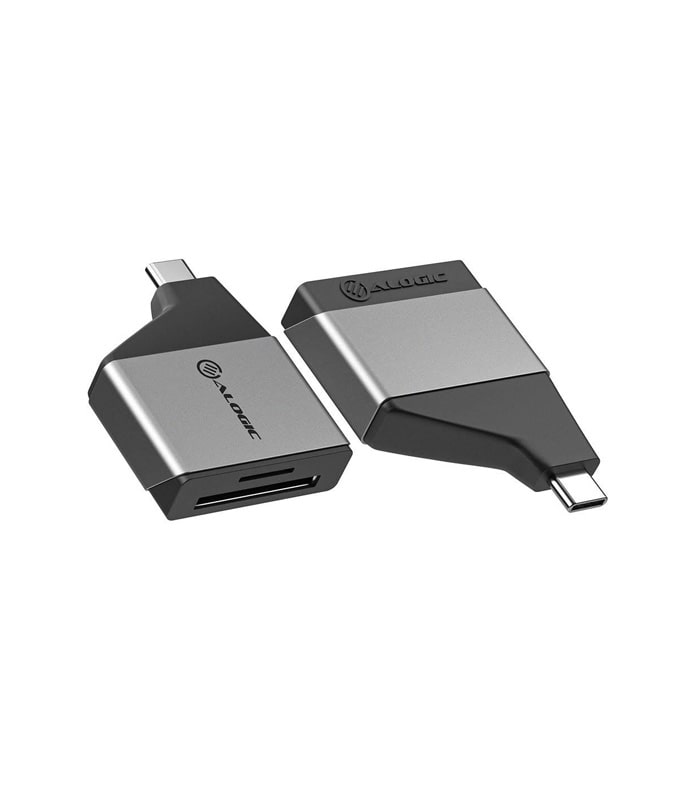Bludol Tab 400 mg 10×10’s-Potential Overview:
Brand Name: Bludol
Generic Name: Ibuprofen
Active Ingredient(s): Ibuprofen (400 mg)
For the General Public:
Uses:
Bludol 400 mg tablets are used for:
- Relief of moderate to severe pain (e.g., muscle pain, dental pain, migraines).
- Reducing fever.
- Alleviating inflammation in conditions like arthritis, sprains, or strains.
How It Works:
Ibuprofen is a non-steroidal anti-inflammatory drug (NSAID) that works by blocking cyclooxygenase (COX) enzymes. This inhibition reduces prostaglandin production, alleviating pain, inflammation, and fever.
Dosage:
- Adults: 1 tablet every 6–8 hours as needed. Do not exceed 3 tablets (1200 mg) in 24 hours unless prescribed by a doctor.
- Children: Use pediatric-specific dosage or consult a healthcare provider.
Possible Side Effects:
- Common Side Effects: Nausea, upset stomach, dizziness, and mild heartburn.
- Serious Side Effects: Stomach ulcers, gastrointestinal bleeding, kidney problems, or severe allergic reactions.
Important Information:
- Dosage Instruction: Take with water and preferably after food to minimize stomach upset.
- Usage Instruction: Swallow whole; do not crush or chew.
- General Information:
- Do not take if allergic to ibuprofen, aspirin, or other NSAIDs.
- Consult a doctor if you are pregnant, breastfeeding, or have conditions like asthma, kidney, or liver disease.
- Avoid alcohol to reduce the risk of stomach irritation.
Drug Interactions:
- With Other Medications:
- Avoid with blood thinners (e.g., warfarin), other NSAIDs, or corticosteroids.
- May interfere with the effectiveness of antihypertensive medications.
- With Food:
- Food may delay absorption slightly but helps reduce gastrointestinal side effects.
Regulatory Approval & Manufacturer:
Approved by [Regulatory Authority] and manufactured by [Manufacturer].
Antidotes (If Overdose or Misuse):
In case of overdose, symptoms such as severe stomach pain, vomiting, or difficulty breathing may occur. Immediate medical intervention is required. Activated charcoal or symptomatic treatment may be administered.
For Pharmacists:
Medicine Name: Bludol
Brand: Bludol
Active Ingredient(s): Ibuprofen
Indications:
- Management of moderate to severe pain, inflammation, and fever associated with musculoskeletal conditions, dysmenorrhea, or post-operative recovery.
Pharmacodynamics:
- Mechanism of Action:
Ibuprofen inhibits COX-1 and COX-2 enzymes, reducing prostaglandin synthesis responsible for pain, inflammation, and fever. - Pharmacological Effects:
- Anti-inflammatory: Reduces redness and swelling.
- Analgesic: Relieves pain by acting on peripheral pain pathways.
- Antipyretic: Reduces fever by acting on the hypothalamus.
- Receptor Binding:
While ibuprofen does not specifically bind to receptors, it indirectly affects pain and inflammation signaling pathways through COX enzyme inhibition.
Pharmacokinetics:
- Absorption:
Rapidly absorbed; peak plasma concentrations achieved within 1–2 hours of oral administration. - Distribution:
Highly protein-bound (~99%). - Metabolism:
Metabolized in the liver via hydroxylation and carboxylation pathways. - Elimination:
Excreted primarily in the urine as inactive metabolites. - Half-Life: Approximately 2 hours.
- Effect of Food:
Food may slightly delay peak plasma levels but does not affect overall bioavailability.
Dosage and Administration:
- Adults: 400 mg every 6–8 hours as needed, not exceeding 1200 mg/day without medical supervision.
- Pediatric: Not recommended unless prescribed specifically for children above 12 years.
- Special Populations:
- Elderly: Use with caution due to increased risk of gastrointestinal and renal side effects.
- Renal or Hepatic Impairment: Dose adjustment may be necessary.
Contraindications:
- Known hypersensitivity to ibuprofen or NSAIDs.
- Active peptic ulcer disease or gastrointestinal bleeding.
- Severe heart failure, renal, or hepatic impairment.
Warnings and Precautions:
- Increased risk of cardiovascular events (e.g., heart attack, stroke) with prolonged use.
- Monitor for signs of gastrointestinal bleeding or ulceration, especially in high-risk patients.
Drug-Drug Interactions:
- Increased bleeding risk with anticoagulants and antiplatelets.
- Reduced efficacy of antihypertensives and diuretics.
- Enhanced nephrotoxicity with cyclosporine or tacrolimus.
Drug-Food Interactions:
- Food delays absorption but minimizes the risk of gastrointestinal irritation.
Adverse Reactions:
- Common: Nausea, heartburn, dizziness, and mild abdominal discomfort.
- Serious: Gastrointestinal ulceration, bleeding, anaphylaxis, and renal impairment.
Therapeutic Effects:
- Provides relief from moderate to severe pain and reduces inflammation effectively.
Storage:
Store at 15–30°C in a dry place, away from direct sunlight and moisture.
Packaging:
Blister packs containing 10 tablets per strip, with 10 strips per box (10×10’s).
Clinical Considerations:
- Pregnancy Category: C (Avoid during the third trimester).
- Lactation: Use with caution; consult a healthcare provider.
- Pediatric Use: Not recommended for children under 12 years.
- Geriatric Use: Monitor closely for renal and gastrointestinal side effects.
Conclusion:
Bludol 400 mg tablets are an effective option for managing moderate to severe pain, fever, and inflammation. Proper use under medical guidance ensures optimal benefits while minimizing potential risks. Patients should consult healthcare providers for appropriate dosing and monitoring, especially in special populations.










Reviews
Clear filtersThere are no reviews yet.